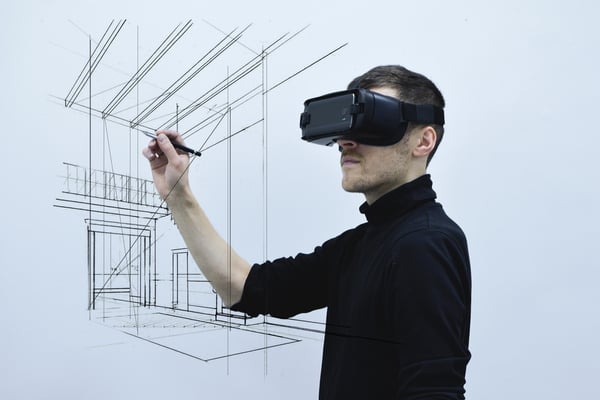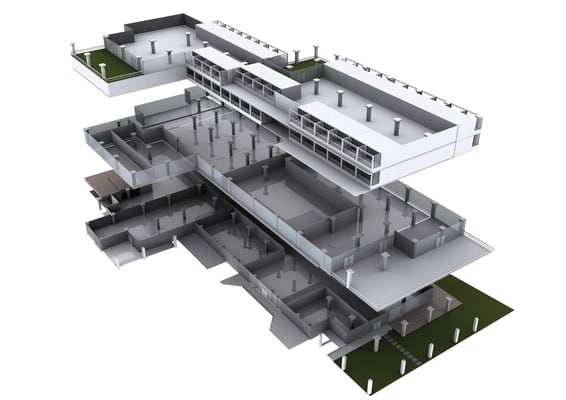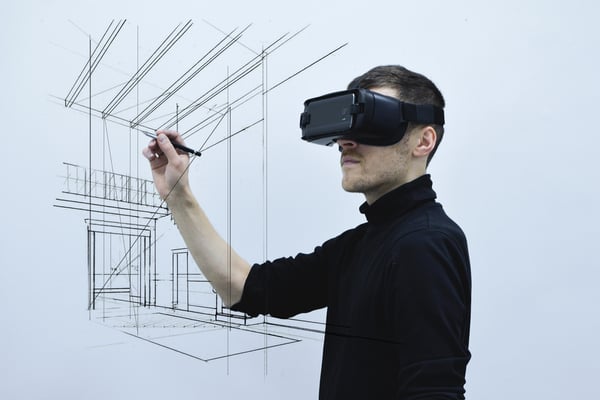Avoiding change orders is in the best interest of construction managers, as these changes waste materials and labor hours. Depending on how a project contract is structured, the cost of changes may fall to the contractor, the owner, or both. However, there will always be someone who will lose money when a work needs changes. Unplanned modifications also delay the project – in real estate, this means waiting longer to collect rent.
The key to avoiding change orders is to detect conflicts and conflicting specifications early in the design stage. Modifications to design documents take some time, but correcting construction work is much more expensive – time, materials and skilled labor are wasted. The current construction slowdown due to coronavirus is an excellent opportunity for BIM coordination, correcting any design errors such as MEP conflicts.
Avoid build issues and change orders with conflict detection and resolution.
Thanks to modern communications technology, drafting and other engineering tasks can continue during emergencies like the COVID-19 outbreak. This helps keep the construction industry moving and projects can resume more quickly after the emergency. With conflict detection and resolution, many construction issues can be resolved before they occur. This helps developers complete their projects faster while staying within budget.
Conflict detection in construction projects

The systems that keep buildings running are complex, with different types of equipment and components. Different installations must often share tight spaces, such as the space between a false ceiling and the upper slab. With so many components together, location conflicts can occur. If these problems reach the construction stage undetected, they could result in costly changes. Conflict resolution can save developers a lot of money by fixing errors before they occur.
There are three main types of conflicts in construction projects, which are summarized below:
|
Type of confrontation |
Description |
|
Difficult confrontation |
Equipment or components have overlapping locations, which makes installation physically impossible. Example: Electrical conduit running through an air duct in design documents. |
|
Soft confrontation |
Equipment or components do not overlap, but interfere with each other due to proximity. Example: Placing a component one meter away from equipment that requires a two-meter clearance. |
|
Workflow conflict |
Problems that affect workflow even when there are no major or minor conflicts. Example: Planning an activity in the 2nd month of a project, which has materials arriving in the 3rd month. |
When strong or mild conflicts are detected, building system components must be moved to resolve the problem. On the other hand, workflow conflicts can typically be resolved by changing the project plan. However, changes to the physical layout of a project can also help resolve workflow conflicts. For example, if a non-critical component interferes with later equipment, it can simply be moved out of the way.
During the conflict detection and resolution process, MEP engineers can also optimize the layout of building systems. This can help reduce project costs while simplifying construction work. For example, it may be possible to power all electrical devices on one floor with fewer ducts and wires, saving materials and electrician hours.
How Modern Design Software Simplifies Conflict Resolution

Back when all construction plans were drawn in two dimensions, detecting conflicts was more difficult. In 2D CAD software, vertical distances are not evident and many components must be drawn with overlap. However, modern design software like Autodesk Revit changes this: location conflicts are visible in 3D and the software is smart enough to detect them.
When only 2D design software was available, design professionals had to detect conflicts without help. In tight spaces with many components, such as mechanical rooms, detecting interference can be a challenge even for experts. However, because modern BIM software detects conflicts, engineers and architects can use their time more productively – instead of looking for errors, they can focus on the best solution for each detected error.
After the coronavirus outbreak ends, it is important to quickly resume construction projects. By focusing on conflict detection and resolution now that projects are on hold, developers can save a lot of time later. Thanks to remote collaboration technology, design professionals can work on construction documents without meeting together. Additionally, many construction departments now accept electronic submissions for project approvals and work permits.

